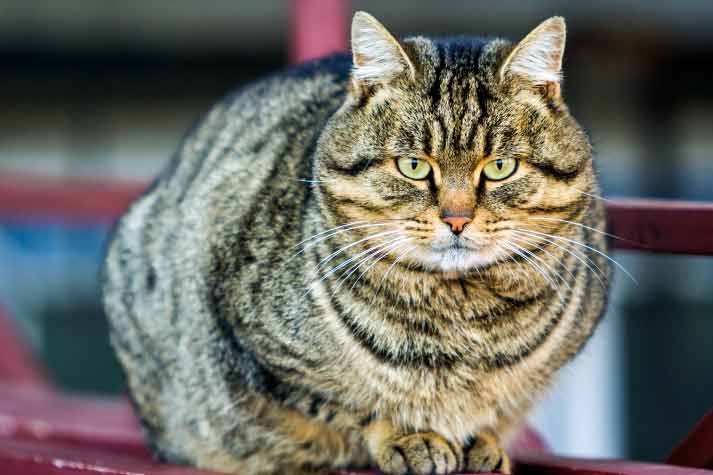


30 Apr
That chubby pet might look adorable, but extra weight comes at a cost. Obesity in pets increases the risk of serious health problems like heart disease, diabetes, arthritis, and more. If your pet needs to drop a few pounds, there are clear steps you can take. It will not happen overnight, but with patience and consistency, your pet will live healthier and feel better.
First things first, book a visit to your vet. They will evaluate your pet and confirm whether your pet is overweight and help you build a safe, realistic weight-loss plan. Once you have that professional input, these tips can help get your pet back in shape.
Most pet food bags include feeding instructions based on weight, but these can be too generous for less active pets. If your pet is gaining weight despite following the guidelines, try cutting portions by 10 to 15 percent. Measure each meal carefully and avoid free-feeding. Scheduled, portioned meals make a big difference in calorie control.
Treats can be a silent actor in weight gain. Many store-bought options are packed with sugar and calories. If treats are part of your routine, switch to healthier alternatives like carrot sticks or low-calorie commercial treats. Keep them occasional, not constant. And no more sneaking scraps from the table.
More movement means more calories burned. Add time to your pet’s walks/exercise sessions gradually, or squeeze in an extra one during the day. Weekends at the park, daily backyard play, or short games throughout the day can all contribute. The more your pet moves throughout the day, the better.
Some pet foods are made specifically for weight management. These blends are high in fibre and low in fat, helping your pet feel full on fewer calories. Ask your vet before switching foods to make sure it fits your pet’s needs and health status.
Walking is among the most common exercises, but it is far from the only activity you and your pet can enjoy together. Try fetch, tug-of-war, chase, or even hide-and-seek. A small obstacle course in your yard can also work wonders. Ten to fifteen minutes of play, twice a day, will eventually start adding up to visible results.
Not every good behaviour needs to be rewarded with a treat. Replace edible rewards with belly rubs, toys, or enthusiastic praise. Your pet craves your attention more than your snacks. Try to reinforce positive behaviour with affection, not food.
Weight loss needs to be gradual to be safe. Regular vet visits can help track progress, rule out medical issues, and make adjustments along the way. Your vet can offer advice tailored to your pet’s age, breed, and overall health.
While age, breed, and genetics play a role, the leading causes usually come down to lifestyle:
The extra weight may look harmless, but it puts your pet in harm’s way. Obesity can shorten your pet’s life and lead to expensive medical care due to various conditions and complications:
Preventing obesity is far easier than treating it, and the key lies in consistency. To prevent it, make daily exercise a part of your pet’s routine, whether it is structured walks or playful bursts of activity at home. Feed a balanced diet with measured portions, and adjust those amounts if your pet starts gaining weight.Treats should be limited, especially if they are being used often or given in large amounts. Finally, regular vet check-ups will help catch any shifts in weight or health early, giving you the chance to act before problems escalate.

AUTHOR’S BIO
ARSH BHARDWAJ
I am passionate about language, storytelling and the human urge to connect Having paid close attention to marketing and branding as a craft for some time, I'm eager as ever to indulge my passion for prose.